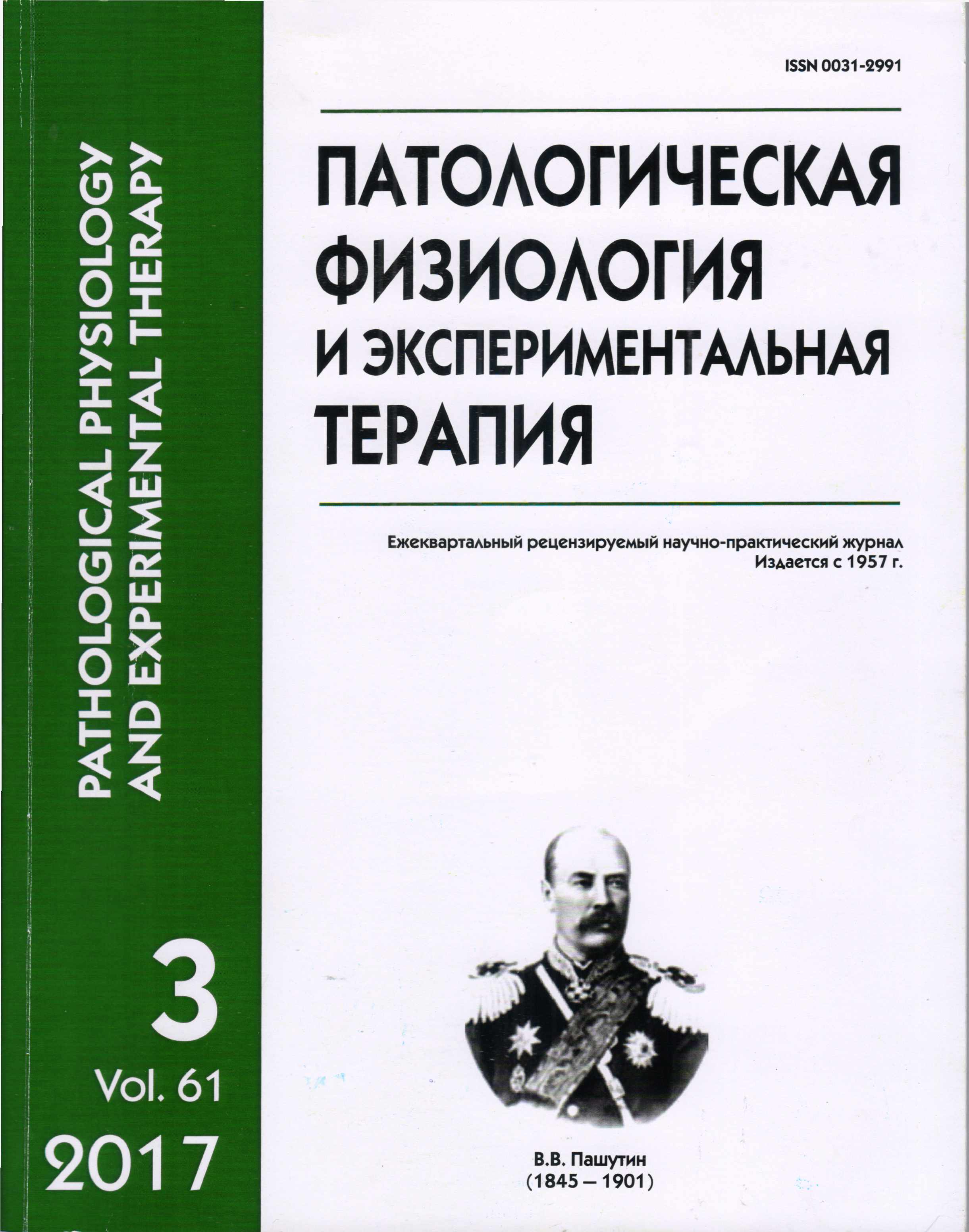Systemic endotoxemia and fat metabolism in newborns: a cross-sectional study
Abstract
Background. It is established that obesity is accompanied by a low-grade inflammation and increased Endotoxin (ET) content in adults. Low birth weight and excessive weight gain in early infancy are associated with an increased risk of obesity, metabolic syndrome, cardiovascular disease in adults. Objective. To determine the relationship between systemic endotoxemia and fat metabolism in newborn infants. Materials and methods. Cross-sectional study included 44 infants who were at the department of newborn pathology of Research Center for Obstetrics, Gynecology and Perinatology in July 2016. The concentration of ET in the blood plasma, ET antibodies, lipid profile, body composition using air-displacement plethysmography were assessed. Results. In children with pathology in comparison with the control group the concentration of ET and high density lipids (HDL) were higher (2,31 ± 0,15 vs. 1,2 ± 0,13 EU/ml and 1,15 ± 0,05 vs. 0.69 ± 0, 1 mmol/l respectively), while ET antibodies level was lower (122 ± 9 vs. 202 ± 36 O.D.) The inverse correlation observed between the ET plasma level and body fat percentage and between the ET plasma level and atherogenic index. Direct correlation between the ET and HDL levels was found. Conclusion. The phenomenon of systemic endotoxemia accompanies the neonatal period, which indicates the involvement of ET to postnatal adaptation, and excess levels of ET in the general circulation is accompanied or proceed to development of neonatal pathology. Lack of fat in the body of the newborn may be a reason for the limited deposit of ET and its high content in the blood.






